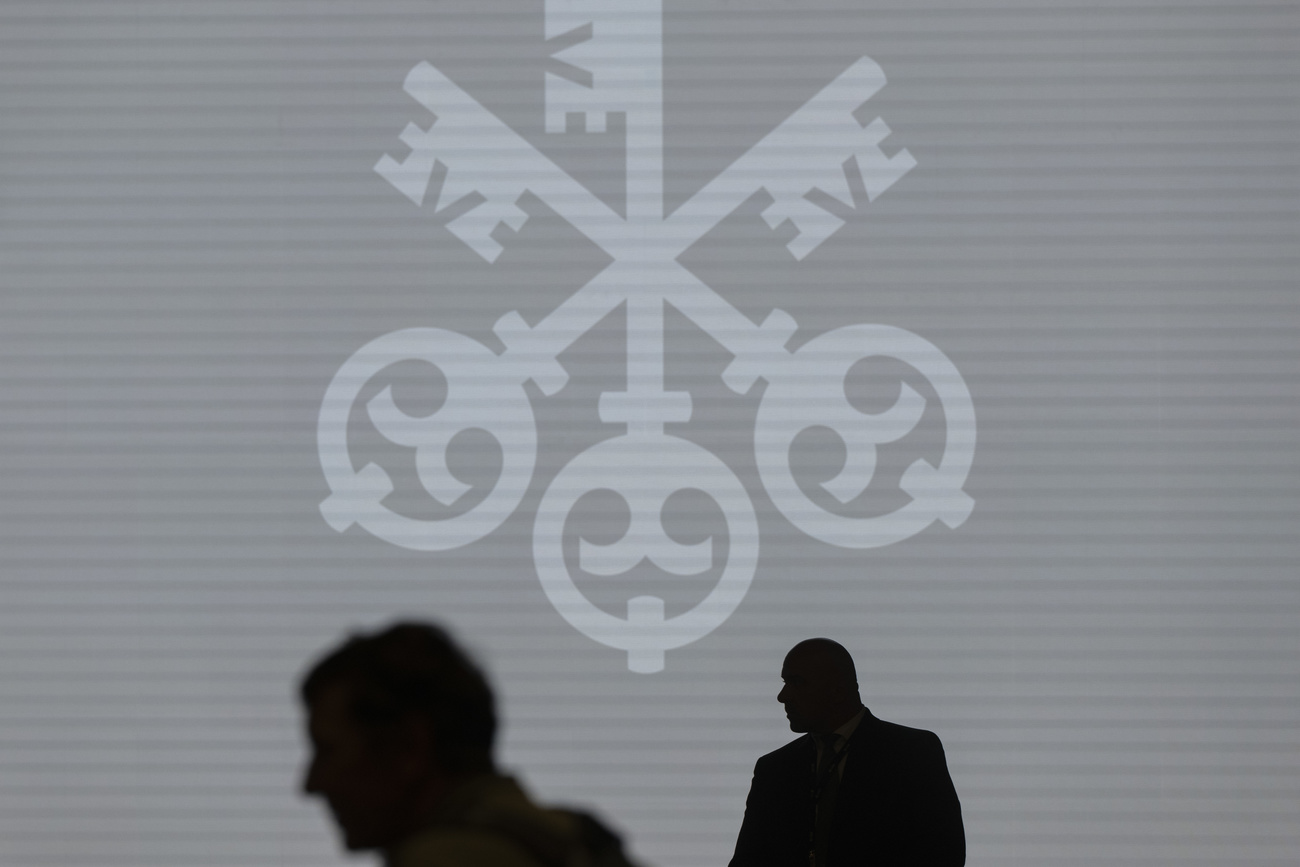UBS deploys AI analyst clones

Zurich-based bank using OpenAI and Synthesia models to create lifelike avatars of its experts.
The Zurich-based bank is using OpenAI and Synthesia models to create AI-generated scripts and avatars of its analysts following increased client demand for research in video format, UBS said.
“It’s not a parlour trick,” Scott Solomon, head of global research technology at UBS’s investment bank, told the Financial Times.

“There are two drivers for it: the client driver and the efficiency driver . . . It is helping you scale your video capabilities in a way that clients are asking you for, and ultimately saving you time to do your research and meet with clients.”
The initiative, which UBS started to roll out in January, comes as large financial institutions increasingly experiment with generative AI tools to cut costs and boost efficiency.
The avatars UBS is creating of its analysts are similar to AI deepfakes, or realistic AI-generated videos, audio or images of people. To create the AI avatars, UBS analysts go into a studio, where Synthesia captures their likeness and voice.
To create a video, UBS analysts can use a language model to analyse their reports and generate a script. They can then review the script before it is turned into a lifelike video using their avatar.
The programme was run on an “opt-in” basis for the bank’s analysts and was approved by UBS’s human resources team before being rolled out, Solomon said. All content that uses an analyst’s AI avatar also requires their approval before it is distributed to clients.
Solomon said that UBS had seen greater demand from clients for video content in recent years, amid a rise in the popularity of short-form video apps such as TikTok.
“Think about how we, in our consumer lives, consume so much more video content now than we did five years ago,” he said. “We publish about 50,000 documents a year, [but video production] has been fixed at about 1,000 a year, because that’s basically our studio capacity. But the number of views on those videos has gone up dramatically.”
UBS said it was targeting about 5,000 avatar videos annually once the initiative was up and running. But the bank had to slow the rollout of the AI avatars for some employees, after the technology struggled with certain accents: “[The accent] would flatten a bit and you might lose a little bit of what makes you you”, said Solomon.
While the use of AI avatars could raise questions around transparency and authenticity, UBS said it would never “mislead or try and pass this off as a real analyst”.
“Right throughout the video, you’ll see at the bottom, it says, ‘this content was created using AI’. It’s in no way trying to replace the flesh and blood analyst,” Solomon said.
Meanwhile, sophisticated large language models are also closing in on complex, white-collar tasks that could undercut employment in high-wage industries such as finance. Last month Rogo, an AI start-up behind a chatbot that replicates an investment banker, raised $50mn from a group of investors led by Thrive Capital, boosting its valuation to $350mn.
Additional reporting by Melissa Heikkilä
Copyright The Financial Times Limited 2025

In compliance with the JTI standards
More: SWI swissinfo.ch certified by the Journalism Trust Initiative








You can find an overview of ongoing debates with our journalists here . Please join us!
If you want to start a conversation about a topic raised in this article or want to report factual errors, email us at english@swissinfo.ch.